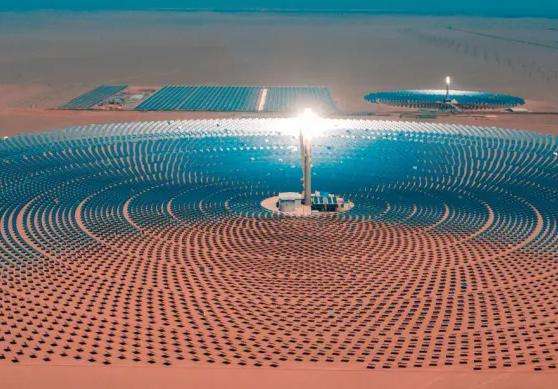JinkoSolar, Midea Group and Macro.
1. JinkoSolar is a manufacturer specializing in solar cells, components and system solutions, with a good reputation in the solar field.
2. Midea Group: Midea Group is a comprehensive home appliance manufacturer, including Midea, Little Swan and other brands. The heat transfer liquid used in its solar water heating products is also highly recognized by consumers.
3. Macro: Macro is a company specializing in the production and manufacturing of solar water heaters and accessories. It also has rich experience in the field of thermal fluids. Solar heat transfer fluid, also called solar water heater heat transfer fluid, is used to transfer heat from the solar absorption plate to the water tank.
What is the composition of the thermal conductive medium of wall-mounted solar energy for balconies?
Want-ask yourself “What factors will affect the heat transfer fluid temperature of the solar heat pump system? The factors that affect the heat transfer fluid temperature of the solar heat pump system? » solar radiation, system design parameters and external environmental factors.
1. Amount of solar radiation: The heat of the solar heat pump system mainly comes from the solar radiation absorbed by the solar panel, so the amount of solar radiation will directly affect the temperature of the heat transfer fluid.
2. System design parameters: The design parameters of the solar heat pump system, including solar panel area, heat transfer fluid flow rate, heat pump efficiency, etc. ., will affect the temperature of the heat transfer fluid.
3. External environmental factors: temperature, humidity, wind and other environmental factorsExternal influence will also affect the heat transfer fluid temperature of the solar heat pump system.
Hello, "Black Porcelain Old Man" reminds you: the solar wall mount uses thermal fluid whose basic component is propylene glycol, which has similar performance to antifreeze (ethylene glycol) added to cars, but it does not corrode and the freezing point is lower and will have no adverse effect on heat-conducting copper tubes and heat collecting plates. However, because it is a split type, there is heat loss during the heat conduction and heat exchange processes, and its thermal efficiency is not high if the water is used daily, it can rarely reach 60 degrees.
It is recommended to choose ceramic solar energy: 1. Integration into the building 2. The coating of the absorbent collector will not deteriorate for a hundred years andhas the same lifespan as building 3. It will not deteriorate even if exposed to air for a hundred years














